
Makes you look younger, more youthful, and fresh.

Reshape your body to restore form and function from accidents, birth defects, cancer, etc at one of the best plastic cosmetic reconstructive surgery hospital.

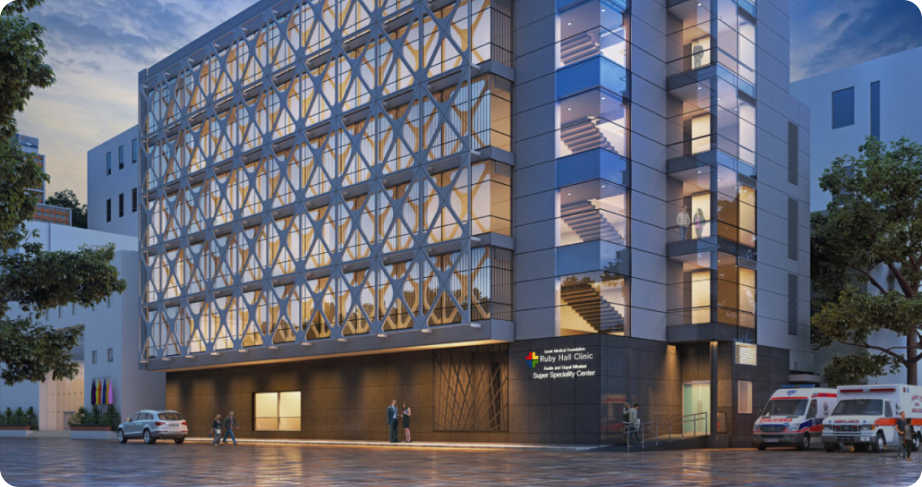
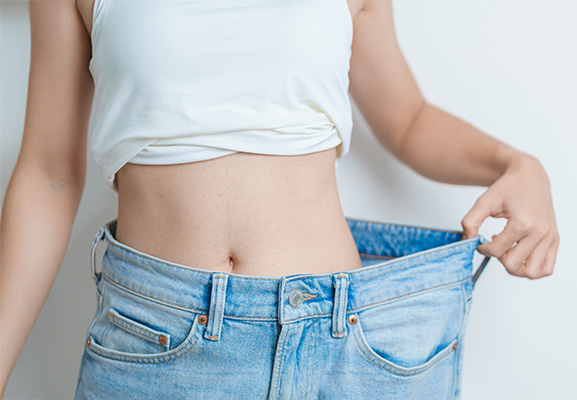
Liposuction is a permanent solution for fat under the skin that does not go away with exercise or diets because it uses a suction device with fine tubes to remove fat cells. With more advanced techniques like power-assisted or ultrasound-assisted liposuction improving body sculpting (liposculpture), it targets regions like the lower abdomen, hips, flanks, and thighs. Major procedures might necessitate a one to two-day hospital stay, but minor procedures can be discharged the same day. Pressure garments are usually worn by patients for 4-6 weeks following surgery in order to control bruising and swelling, which can persist for 3-6 weeks. Expert aesthetic plastic surgery surgeons are essential for safety; “touch-up” procedures or fat injections may be necessary for sporadic irregularities in contour.
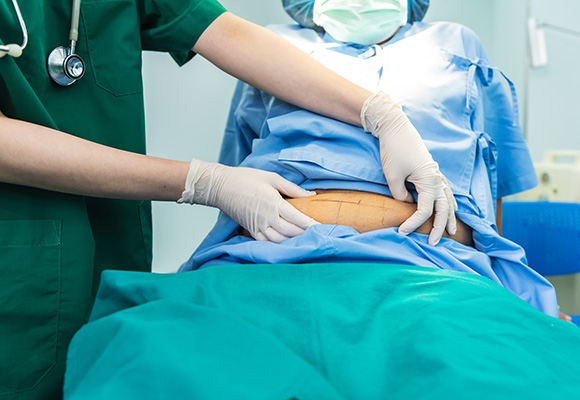
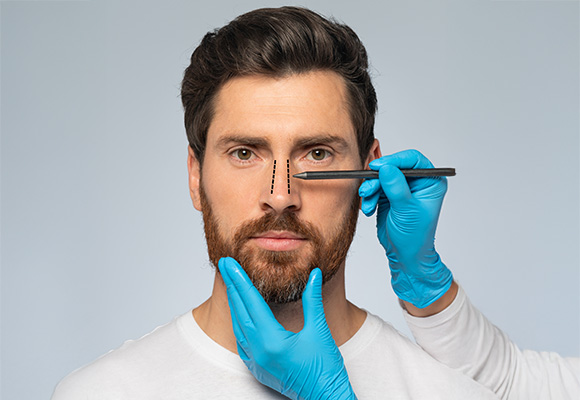
Reshaping the nose cosmetically is known as rhinoplasty or cosmetic nose surgery. Nasal humps can be removed, depressions can be filled in, the nose can be shortened, a wide nose can be narrowed, drooping nasal tips can be raised, broad nasal tips can be corrected, and the nose’s slant can be adjusted. Although it is possible to perform nose cosmetic surgery under local anaesthesia, general anaesthesia is typically used. Following surgery, a tiny plaster may be applied to the nose which is taken off a week later. Patients are admitted for the night and released the following day. After the plaster is taken off, the nose might appear swollen. Over two to three weeks, the eye and nose bruises heal.
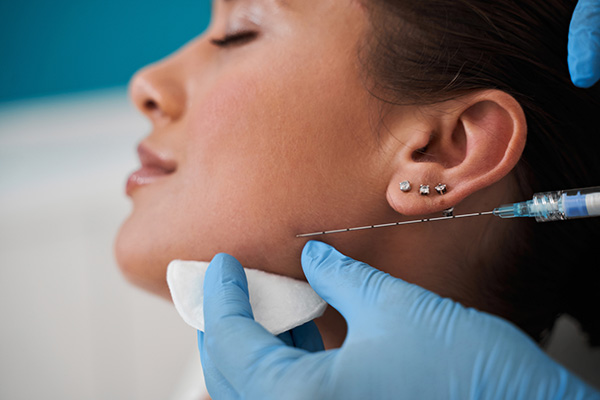

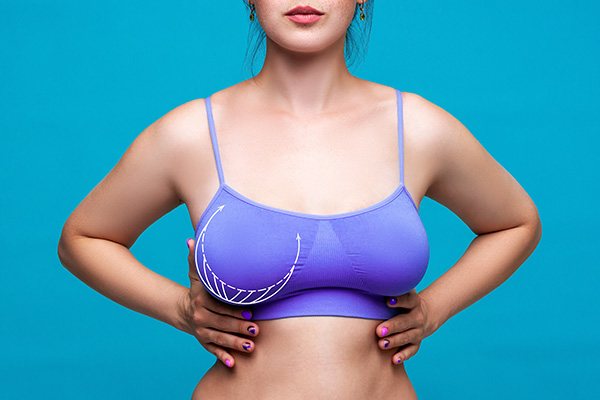
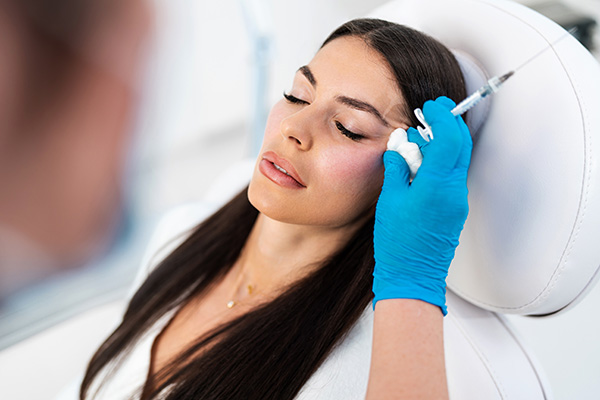
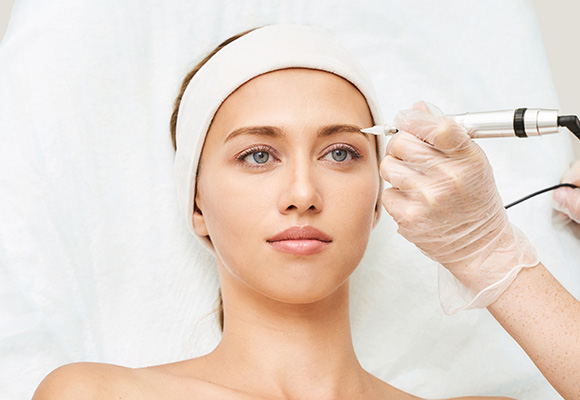
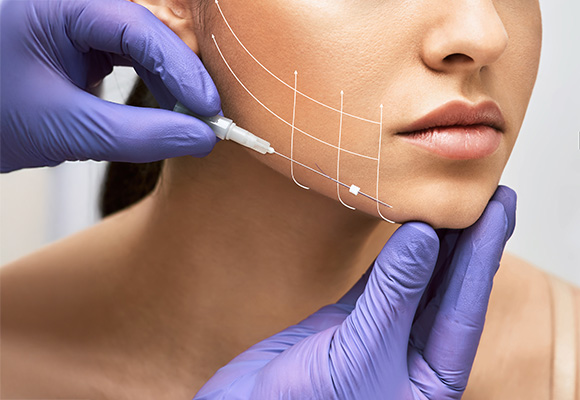


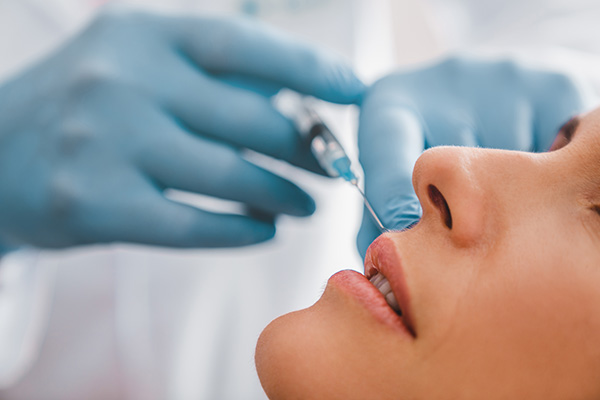
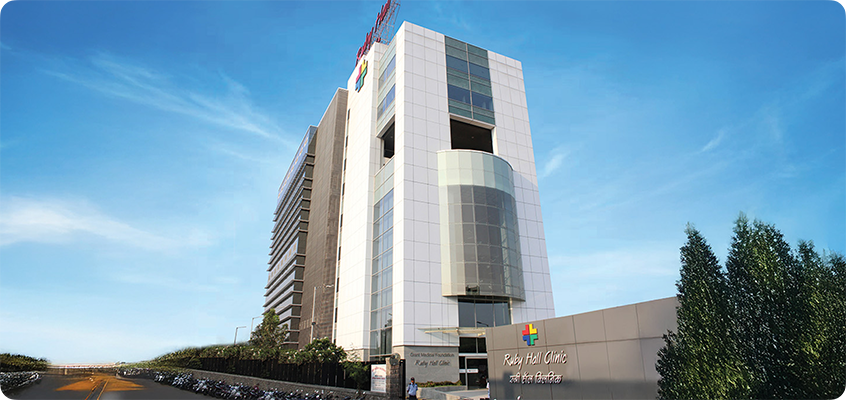
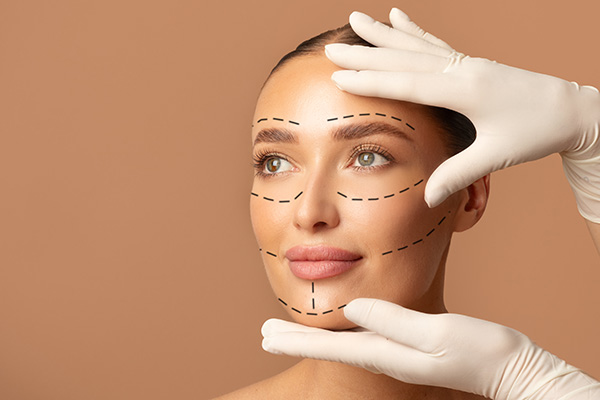
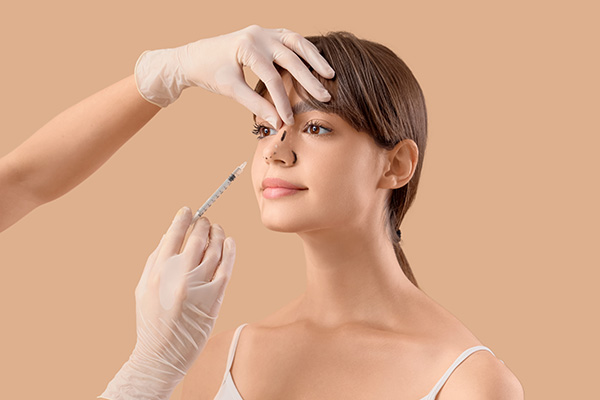
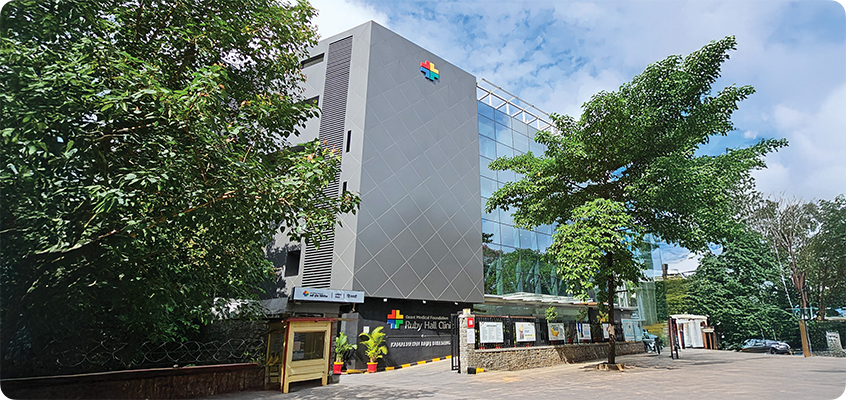








Company name
Ruby hall clinic hospitalEmergency & Appointment
020-66455676Emergency & Appointment
020-66455150Emergency & Appointment
info@rubyhall.comEmergency & Appointment
Ruby Hall Clinic Hospital, Sassoon Road 40, Sasoon Rd, Sangamvadi, Pune, Maharashtra 411001Company Name
Ruby Hall Clinic HospitalEmergency & Appointment
020-66455676Emergency & Appointment
020-66455150Emergency & Appointment
info@rubyhall.comEmergency & Appointment
Ruby Hall Clinic Hospital, Sassoon Road 40, Sasoon Rd, Sangamvadi, Pune, Maharashtra 411001, India© 2023-24 Ruby Hall Clinic. All Rights Reserved.